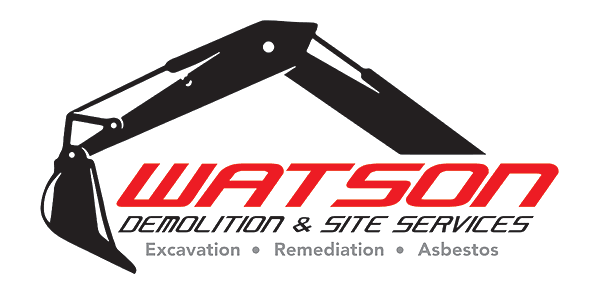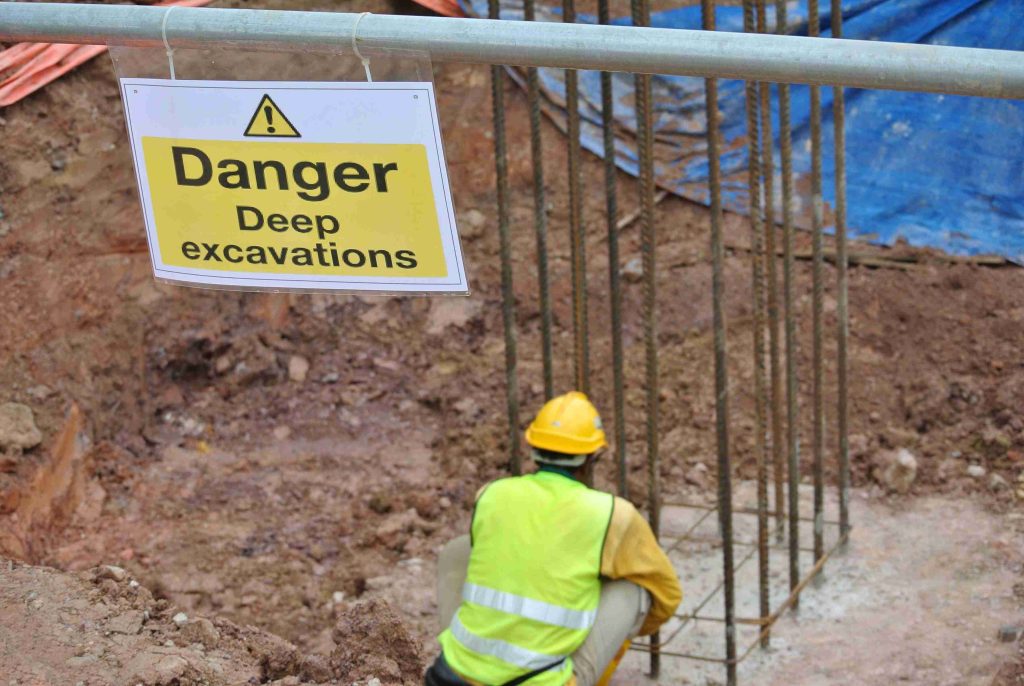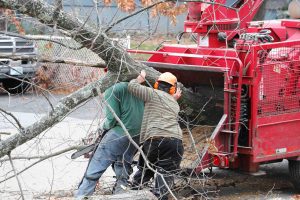Numerous pipeline, utility, and construction jobs need the excavation of trenches, ditches, or other cavities, but such labor can be hazardous. Adhering to proper safety precautions can help keep you and your coworkers safe when performing excavation work. So, what are the important excavation safety measures?
# 1 Trench Digging
When excavating, it is critical to keep heavy equipment away from the trench sides, as the machinery’s weight could collapse the trench walls. Deposit the debris removed from the trench at least two feet away from the trench’s margins to minimize the possibility of dirt reentering the trench. Once completed, any trench greater than four feet in depth must have a safe means of entry and departure, such as steps or a ladder. These ladders or steps must be located within 25 feet of any worker in the trench during large excavations.
# 2 Protection for Equipments and Properties
Australian government’s Building Code and Australian Safety and Compensation Council mandate that each trench five feet or deeper have some type of protective device, unless the trench walls are solid rock. This can be as simple as sloping the trench walls away from the center to reduce the possibility of a cave-in, or as involved as propping up the walls with metal or wood supports, or as involved as building protective boxes around the workers. If the trench is more than 20 feet deep, the protection system must be designed by an engineer. Never enter a trench that is not equipped with the necessary protective system.
# 3 Protective Gears for Workers
The safety gear for excavators is a must.
Many people do not think about the dangers of working in an excavation site and that is why they need to be educated on what it takes to work with such heavy machinery. The use of these machines can cause serious injuries if proper precautions are not taken. Unfortunately, there are many out there who don’t make any effort at all when it comes to their own safety and the safety of others around them which is why we must educate each other on how dangerous this can be. We know accidents happen but you should always try your best to avoid one by taking every precaution possible before starting your work day. This includes wearing all appropriate safety wear like gloves, hard hats, and glasses or goggles for eye protection.
# 4 Regular Inspection
At the start of each shift, each trench should be inspected by a person trained to search for risks. Take extra caution following rainstorms, which can erode the sides of an earthen trench or leave standing water in the trench. The inspector should be on the lookout for potential hazards such as live electrical wires or gas pipes, as well as conduct tests for dangerous substances or low oxygen levels.
# 5 Other Safety Measures and Precautions
On a project site with many contractors, the trench inspector or other supervisor should inform all visitors of the trench’s position and instruct them to keep other personnel and equipment clear. While the greatest threat associated with trench excavation is cave-in, employees should be wary of slipping and falling hazards and wear hard hats.
All of these projects require excavation work to be done by professionals due to the complicated logistics behind them. Professionals have training and know how to do specific kind of excavation work so it is important for you to hire the one who is licensed and provides quality service to avoid accidents. So don’t take risks. Watson Site Services would do the “dirty job” for you!



